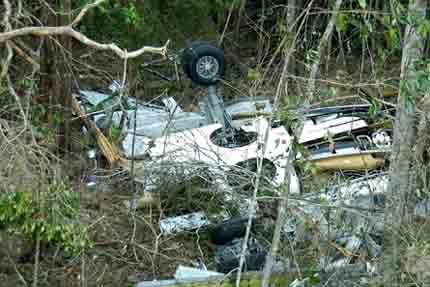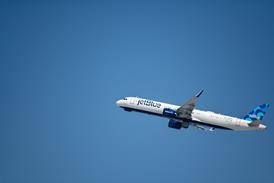The US National Transportation Safety Board (NTSB) is calling for enhanced visual and audio alerts on all traffic alert and collision avoidance (TCAS) systems when the equipment is disabled or non-functioning.
The recommendations come in the wake of the September 29 midair collision between Gol 737-800 and a privately owned Legacy 600 business jet in
All 154 passengers aboard the Gol aircraft perished when the plane plunged into the Amazon forest from 37,000ft.

The Legacy received damage on its left wing and horizontal stabilizer but pilots were able to land at a military outpost.
Though both aircraft were equipped with TCAS systems, neither provided warnings in advance of the crash.
NTSB is asking the Federal Aviation Administration to require that TCAS equipment include an audio warning and enhanced visual alert noting the “loss of collision avoidance system functionality, for any reason”.
Further, the systems must be designed so that pilots acknowledge the error, the Board says.
Currently, TCAS units by various manufacturers display a white “TCAS OFF” warning in “small letters” on the flight display or an amber “TCAS FAIL” message if there are problems with either the TCAS or the transponder, the device that sends and receives the information used to compute the traffic warnings.
“Preliminary findings in the ongoing investigation indicate that, for reasons yet to be determined, the collision avoidance system in the Legacy airplane was not functioning at the time of the accident, thereby disabling the system’s ability to detect and be detected by conflicting traffic,” says the NTSB.
“In addition, CVR data indicate that the flight crew was unaware that the collision avoidance system was not functioning until after the accident.”
NTSB notes that about two minutes after the collision, the first officer questioned whether TCAS was on.
The captain then confirmed it was not and “immediately afterwards”, the transponder signal returned to Brazilian air traffic control radar returns, say investigators.
“Therefore, there is evidence that the flight display warning was available to the crew but not noticed and acted upon until after impact,” the NTSB adds.
Source: FlightGlobal.com




















